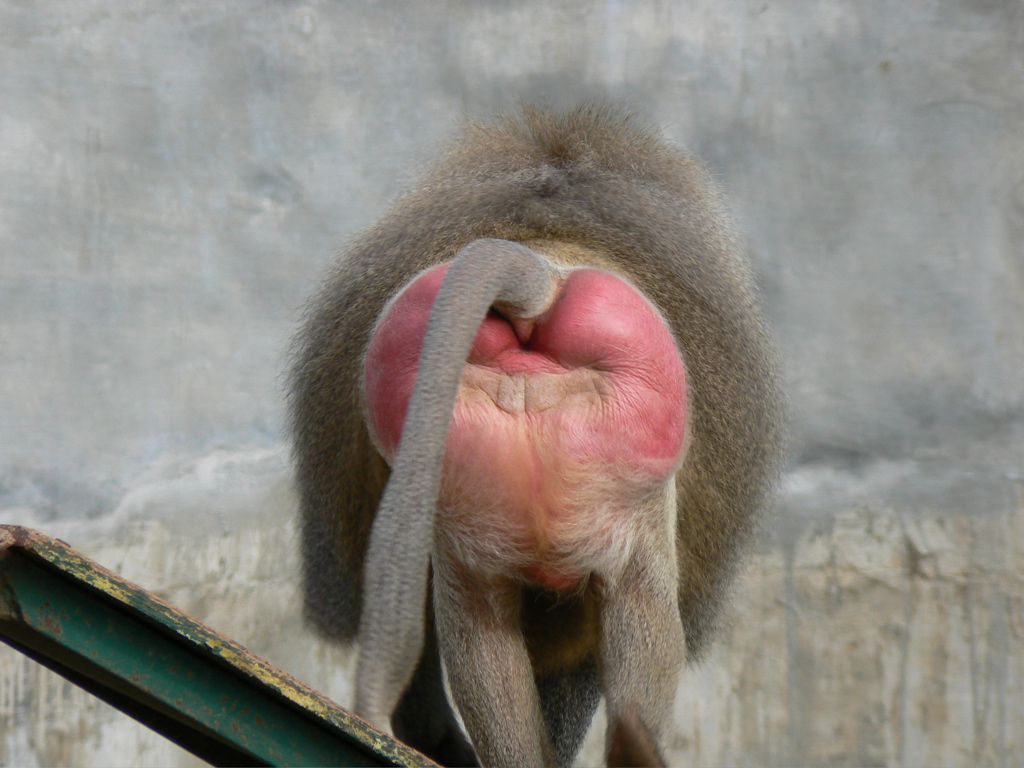Callosity on:
[Wikipedia]
[Google]
[Amazon]
 A callosity is another name for
A callosity is another name for
 All
All
 In
In
A Dictionary of Zoology 1999, Oxford University Press 1999
*"On Butts and Baboons"''. ''Artsibasheva, A.'' http://monkeybuiznezz.wordpress.com/2012/09/27/on-butts-and-baboons/ Cetaceans Animal anatomy
 A callosity is another name for
A callosity is another name for callus
A callus is an area of thickened and sometimes hardened skin that forms as a response to repeated friction, pressure, or other irritation. Since repeated contact is required, calluses are most often found on the feet and hands, but they may o ...
, a piece of skin
Skin is the layer of usually soft, flexible outer tissue covering the body of a vertebrate animal, with three main functions: protection, regulation, and sensation.
Other animal coverings, such as the arthropod exoskeleton, have different de ...
that has become thickened as a result of repeated contact and friction.
Primates
Old World monkey
Old World monkey is the common English name for a family of primates known taxonomically as the Cercopithecidae (). Twenty-four genera and 138 species are recognized, making it the largest primate family. Old World monkey genera include baboons ...
s, gibbons, and some chimpanzees have pads on their rears known as ischial callosities. Ischial relates to the ischium: it forms the lower and back part of the hip bone.
The pads enable the monkeys to sleep sitting upright on thin branches, beyond reach of predators, without falling.
The ischial callosities are one of the most distinctive pelvic features which separates Old World monkey
Old World monkey is the common English name for a family of primates known taxonomically as the Cercopithecidae (). Twenty-four genera and 138 species are recognized, making it the largest primate family. Old World monkey genera include baboons ...
s from New World monkey
New World monkeys are the five families of primates that are found in the tropical regions of Mexico, Central and South America: Callitrichidae, Cebidae, Aotidae, Pitheciidae, and Atelidae. The five families are ranked together as the Ceboidea ...
s.
Right whales
 In
In whale
Whales are a widely distributed and diverse group of fully aquatic placental marine mammals. As an informal and colloquial grouping, they correspond to large members of the infraorder Cetacea, i.e. all cetaceans apart from dolphins and ...
s, the term ''callosity'' refers to the rough, calcified skin patches found on the heads of the three species of right whales. These callosities are a characteristic feature of the whale genus ''Eubalaena
Right whales are three species of large baleen whales of the genus ''Eubalaena'': the North Atlantic right whale (''E. glacialis''), the North Pacific right whale (''E. japonica'') and the Southern right whale (''E. australis''). They are class ...
''; because they are found on the head of the whale and appear white against the dark background of the whale's skin, they make it very easy to identify these species. The callosities themselves are grey; the white appearance is due to large colonies of whale lice, whale barnacles and parasitic worms which reside on them. Young whales and diseased individuals are often infested with a different species of cyamid, which gives an orange hue rather than white on these whales. Callosities arise naturally and are present even in late-term whale fetuses, although the work of lice digging into the surface of the skin may make them more jagged and hard over time.
Callosities are found on the upper surface of the whale's head, above the eyes, on the jawline and chin and surrounding the blowholes. Callosities form a unique pattern on every right whale and though callosities which are overgrown break off, the patterns do not change over a lifetime. This makes them a very useful tool for the purposes of photo-identification and conservation.
The evolutionary significance of callosities is unknown. Male right whales have a higher density of callosities than females. Males have been observed scratching one another with their callosities and it has been suggested by Payne & Dorsey (1983) that they are a sexually dimorphic feature, used for intra-specific sexual aggression. That explanation is not entirely satisfactory, because it does not account for the appearance of callosities in females. It has been proposed that the barnacles attached to callosities are important in helping fend off attacks by orca
The orca or killer whale (''Orcinus orca'') is a toothed whale belonging to the oceanic dolphin family, of which it is the largest member. It is the only extant species in the genus '' Orcinus'' and is recognizable by its black-and-white ...
s.
See also
*Callus
A callus is an area of thickened and sometimes hardened skin that forms as a response to repeated friction, pressure, or other irritation. Since repeated contact is required, calluses are most often found on the feet and hands, but they may o ...
Notes
References
* *''Callosities'' by Mason T. Weinrich in the ''Encyclopedia of Marine Mammals''. {{ISBN, 0-12-551340-2.A Dictionary of Zoology 1999, Oxford University Press 1999
*"On Butts and Baboons"''. ''Artsibasheva, A.'' http://monkeybuiznezz.wordpress.com/2012/09/27/on-butts-and-baboons/ Cetaceans Animal anatomy